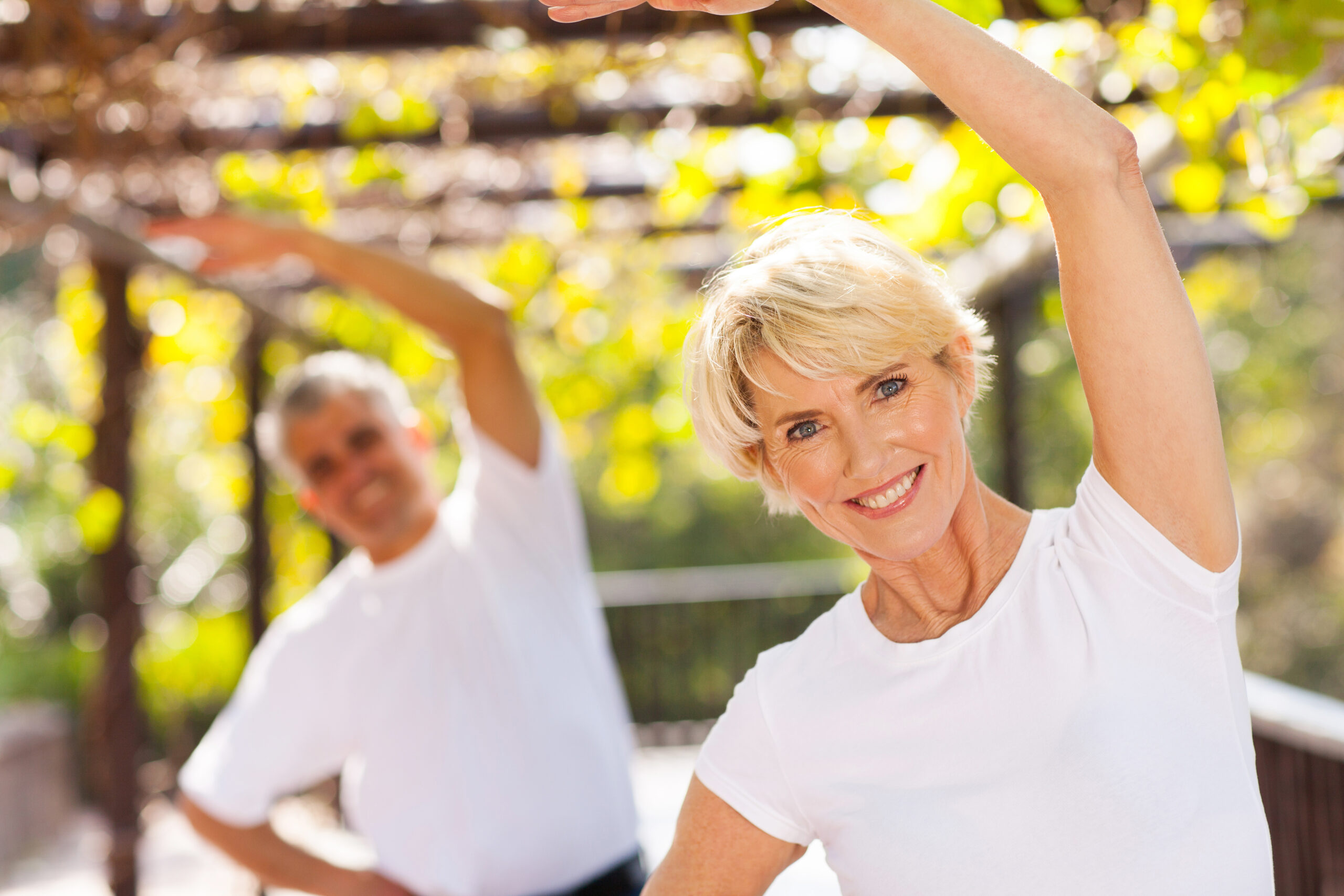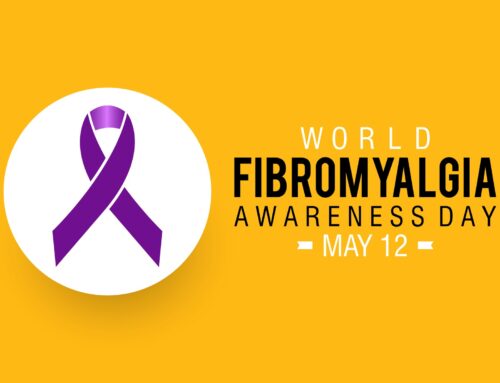KCP Physical Therapy recently presented a class entitled “Staying Strong: Good Pain vs. Bad Pain” at the Harris YMCA in Charlotte. Members learned about the physiological changes that our bodies go through as we age, as well as strategies to continue challenging ourselves while making injury prevention a priority.
After the presentation, the class was invited to ask questions. Many focused around strategies for starting and maintaining a safe senior fitness program. The questions were terrific and are likely shared by many, so we thought we would share some of the highlights and answers given by physical therapist Joy Pfuhl.
Q: How do I choose the right weights? How many reps should I do?
A: In general, I prefer that you start with lower weights and progress to higher repetitions. Mostly, I do one minute intervals. If you’re doing them nice and slow, it’s going to be somewhere between 15-20 reps at the most.
Q: How do I know when to increase the weights?
A: You should be able to exercise with the weight you are comfortably using for three to four weeks without an issue. Then, feel free to increase your weight and reevaluate your response to exercise. Exercise with this weight for four to six weeks before moving to the next level.
Q: Should I use lower weights for lateral raises?
A: Yes. When you put a weight in your hand, basically that weight is equal to the weight times the distance from the fulcrum, if you will. I cringe when I see people using heavy weights for lateral raises – there aren’t many people who can do that safely. Some can, but in general, women should probably do a max of five(ish). Most should be doing two, three, or four pounds; men can probably work with four to six pounds.
If you use too much weight for lateral raises, it may result in increased forces through the elbow and result in tennis elbow (lateral epicondylitis). Lateral epicondylitis can cause a great deal of elbow pain and be slow to resolve.
Q: Is it okay to wobble a little while I’m doing balance exercises?
A: We never want you to be unsafe. If that’s where you are, it’s okay to wobble a little as long as you have something reliable and safe around you should you start to lose your balance. If you feel unstable, just make sure there’s a countertop or something that you can reach for or just be comfortable putting one foot down should that be necessary. Even with wobbling, you are exercising your calf muscles, glutes and hamstrings, which is also effective. Any time we are challenging ourselves, we may experience a little wobbling.
Q: Is there a good rule of thumb for how many days a week you should be doing strength training?
A: I prefer at least two or optimally three. I will tell you – this is not based on research. It is based on 30+ years of personally experiencing recovery in my own body and managing clients’ responses to exercise. If you’re really pushing your workout, you will need proper recovery. However, if you are using light weights and challenging yourself a great deal, you will not need that level of recovery. Again, it is really important to meet people where they are. So, if that’s having one good session a week and being active elsewhere, that’s great. But optimally, I’d say two to three.
Q: Do you need a doctor to recommend you to a physical therapist?
A: Yes and No. A physical therapist in North Carolina can treat without a referral. However, if you plan to file with Medicare, you will need a prescription /referral to be eligible for reimbursement. Humana also typically requires a referral. We can help you obtain the referral should you be interested. If you have a good relationship with your doctor, it’s usually not a big deal. You just tell them what’s going on and that you’d like to get started with PT.
Fitness has always been a cornerstone of the work we do at KCP Physical Therapy. We even included it in our tagline, “Fitness and function – for life!” We love to see active seniors, enjoying life without limitations. If you’re interested in joining a physical therapist-led exercise program designed to help you build strength, endurance, and balance, please reach out to schedule a consultation with us. We’ll meet you where you are, assess your current abilities, address any concerns, and help you get started with the right (individual or group) senior fitness program option.





